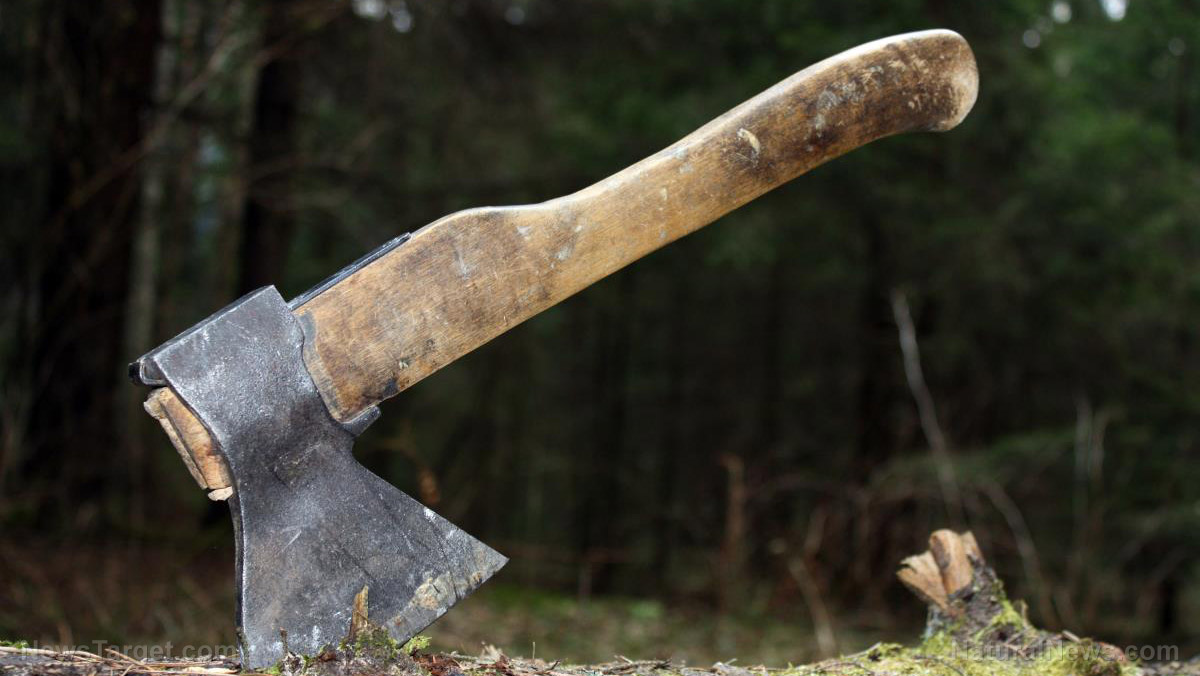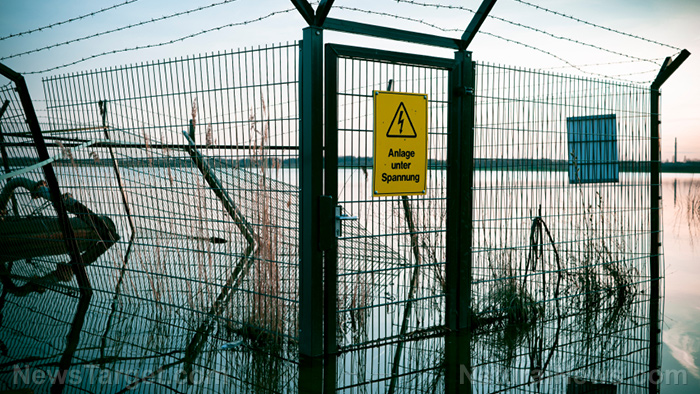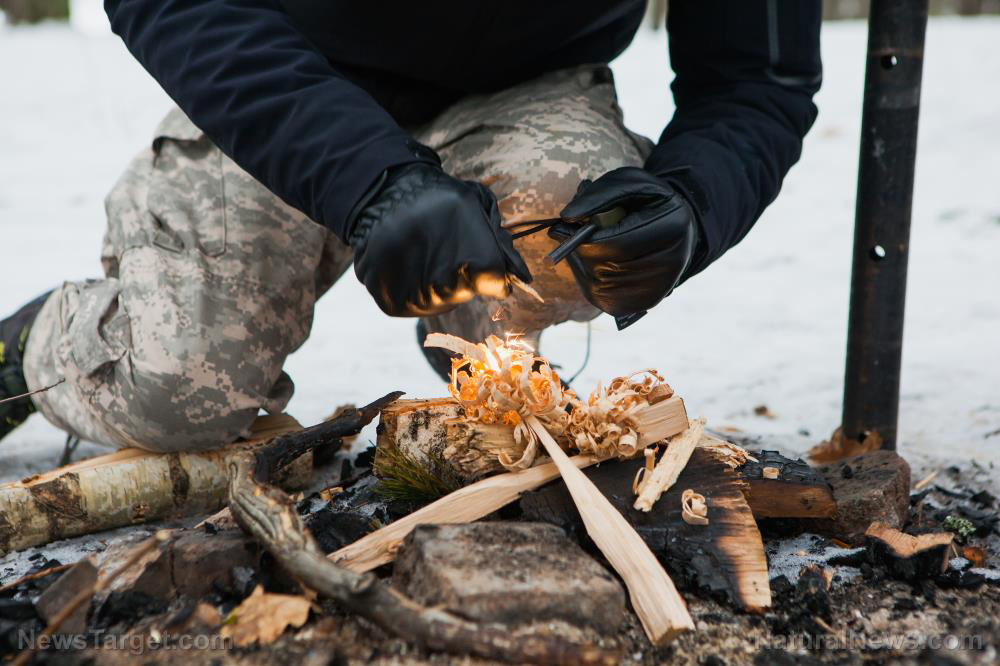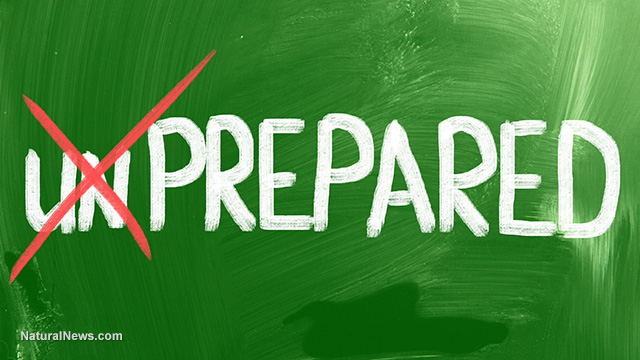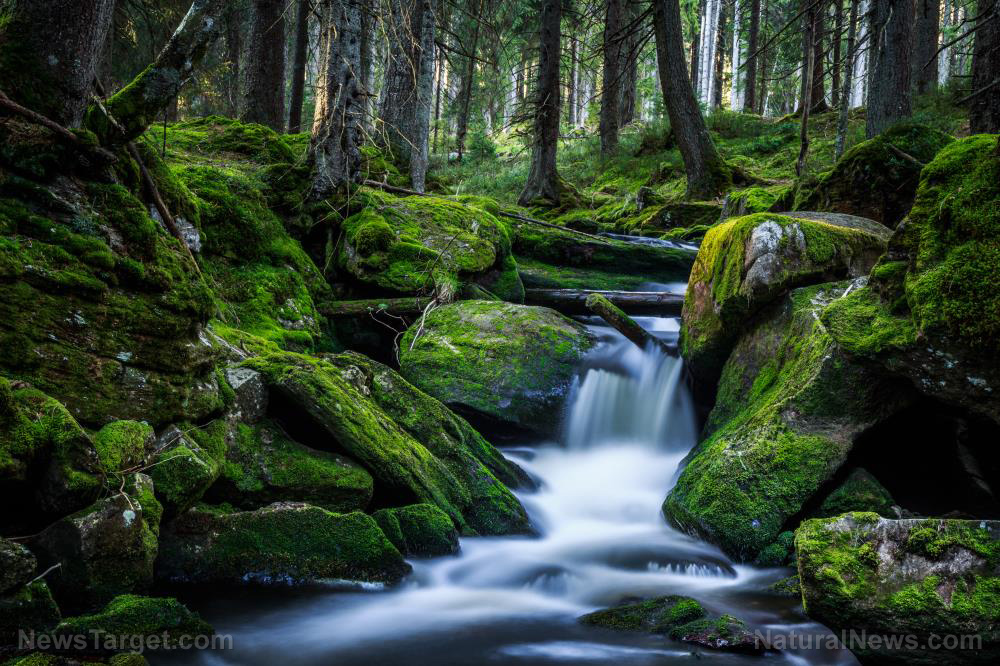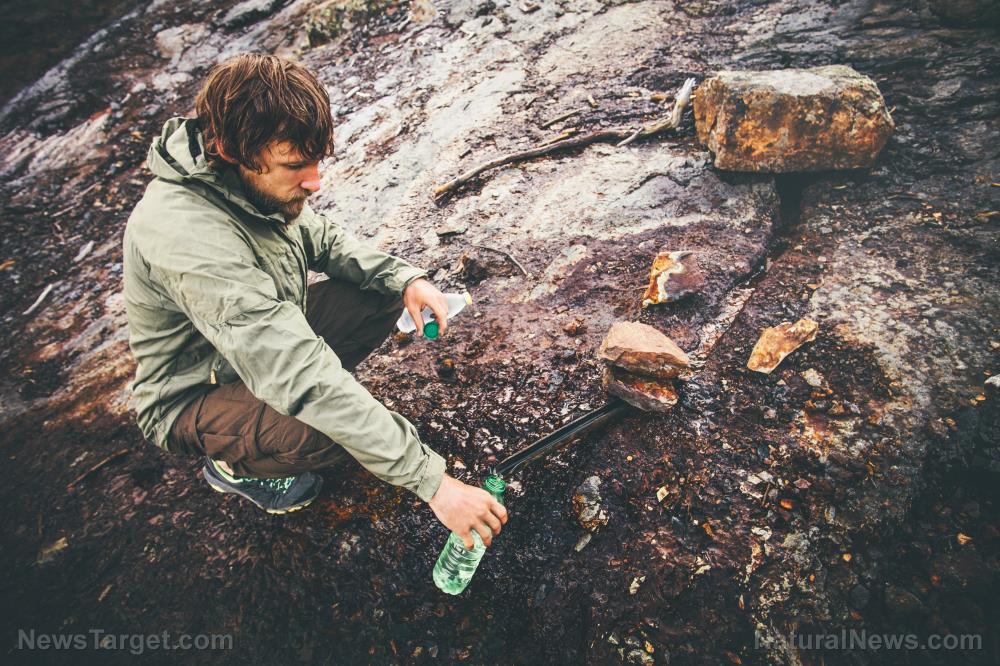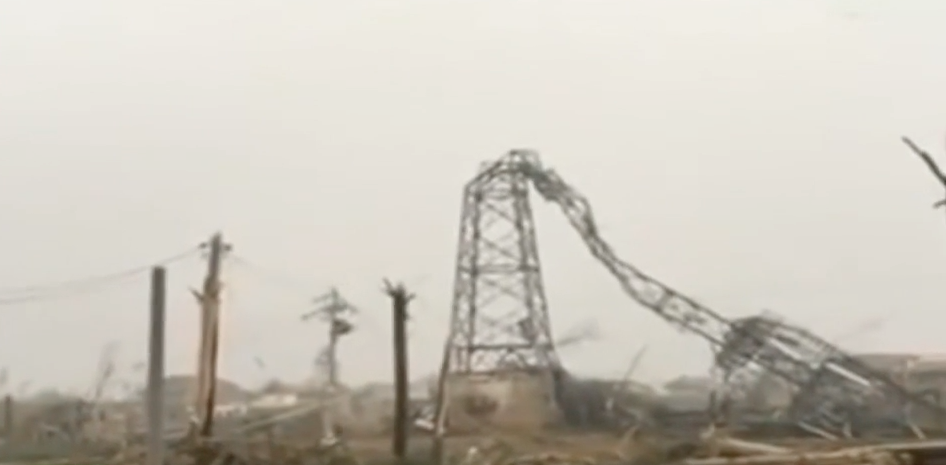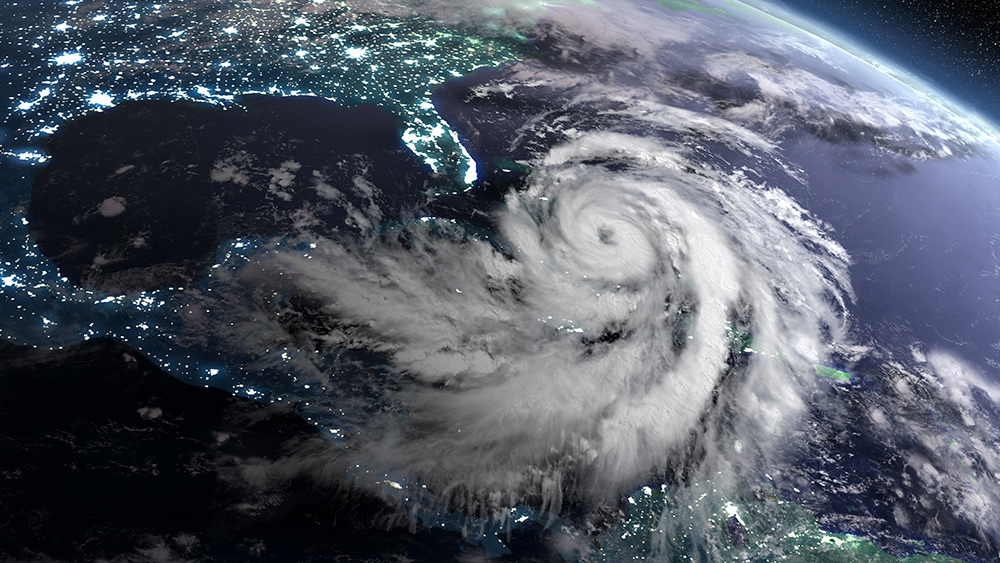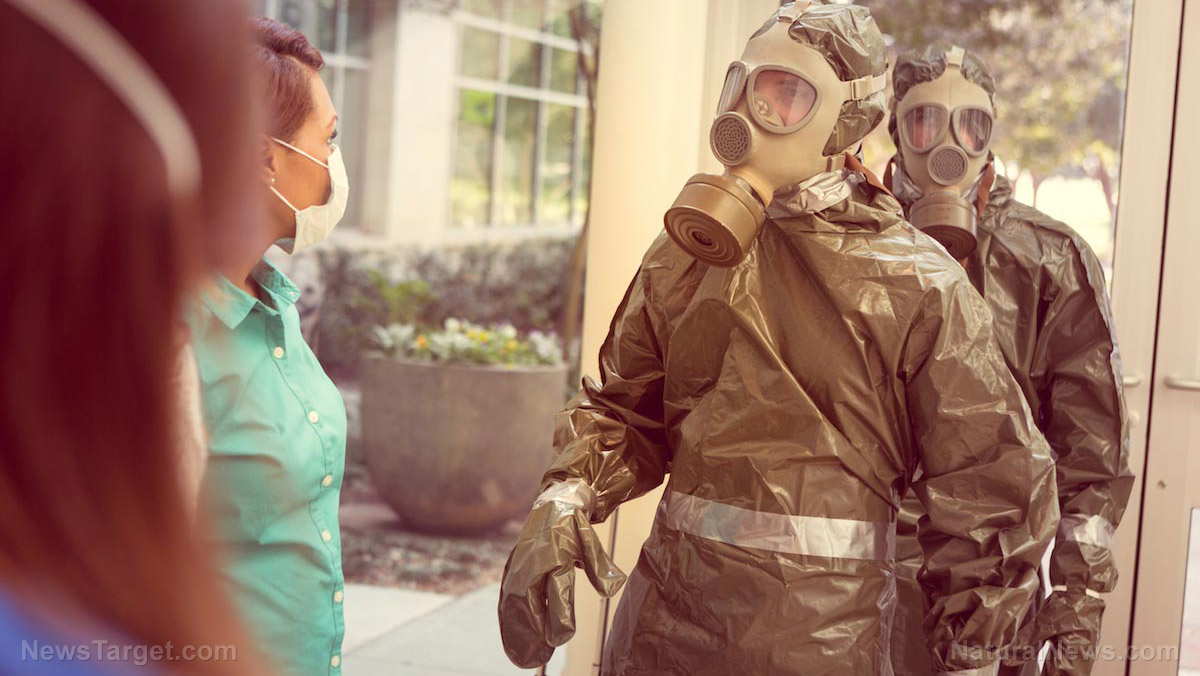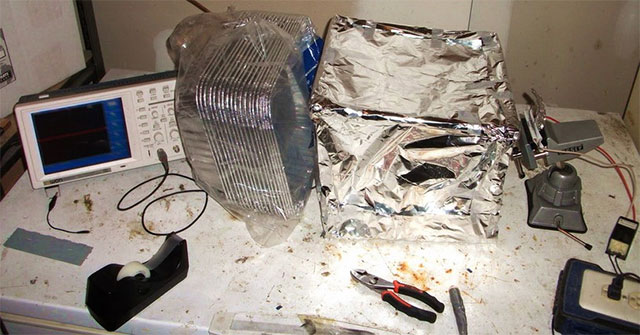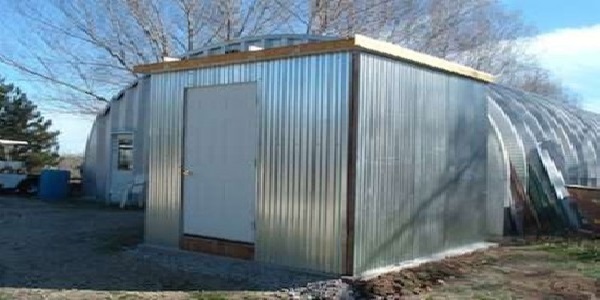Fire, water, food, shelter: Tips for how to survive in the woods
07/18/2018 / By Rhonda Johansson

Most women, especially those who live in dangerous areas, are taught the crime triangle. This is the self-defense technique that analyzes all the three elements that lead to a woman becoming a potential victim. The absence of one element (target, desire, or opportunity) significantly reduces the chance of a woman getting hurt. In the same vein, preppers are taught the essentials that increase their chances of survival.
In this case, there are four elements, instead of three. If ever you find yourself lost in the woods or in any area that requires you to live off the grid, you need all four to survive. As you may have guessed by the title, you would need: an adequate shelter, a clean water supply, good source of food, and plenty of fire.
Let’s run through each one briefly.
The first thing you need is shelter. Assuming that you’re not hurt or injured (in which case, prioritize your health and apply basic first aid), look for a good campsite. Pick a spot that is not crawling with insects or near running distance from other animal nests. As tempting as it can be, avoid setting up shelter near large water beds. These water beds attract all kinds of animals, dangerous predators included. Instead, look for shelter under trees or rock formations.
Once you’ve found a good spot, build a shelter. There are many easy designs that make use of the environment. Whichever design you choose, make sure that the shelter is insulated enough to prevent hypothermia. It should also be well-covered as to protect you from the rain or other forms of precipitation.
You now have a place to stay. Congratulations. Now you need to protect it. This is best done by starting a fire a few feet from the entrance. This serves several purposes, not least of which is scaring off predators. This should be easy. Simply use dry twigs or leaves to supply fuel to the fire. Use dry logs to keep the tinder burning. Knowing how to build a proper fire pit is also essential. Remember to place the tinder in the middle of the fire pit, then stack the kindling (small, dry branches that easily catch fire) around it. Different campfires dictate different stacking methods. We suggest researching the varied ways to do this before you go on any trip.
The next step is finding a good, clean water source. If you read our site regularly, you know that we have always encouraged you to bring several bottles of water whenever you go on a trip. You should also have a few spare bottles in your cellar or home for SHTF situations. All the same, if you find yourself totally unprepared, you need to find a water source. Do not drink directly from puddles or streams. These can be contaminated. If you can, try harvesting rain water directly or use water purification tablets. Boiling water is an option you can consider, but take note that the process is not 100 percent effective. Boiled water can still contain harmful bacteria, but it’s still better than nothing.
True survivalists know how to get water by squeezing vines and certain cacti. This is why it’s always important to research beforehand on the types of plants and vines are in the area you’re intending to go to.
The last thing is food. You can scavenge for edible fungi and plants if you refuse to eat meat. If you’re not averse to hunting, you can also learn how to make a multiple pronged spear to catch small critters and fish.
Once you’ve established your “survival square” (for lack of a better word), you now need to tell someone where you are, or know how to get the heck out of wherever you are. This is where basic navigation skills are needed, but we won’t tackle that in this guide.
One thing we’d like to add is that mental outlook is everything. Yes, it is incredibly important to do your research before taking a trip. Information is power. However, all the data in the world mean nothing if you choose to panic or be negative when times get rough. Keep a cool head, assess the situation, and survive.
Sources include:
Tagged Under: camping, Off-the-grid living, outdoor living, preparedness, prepping, survival, surviving when lost



